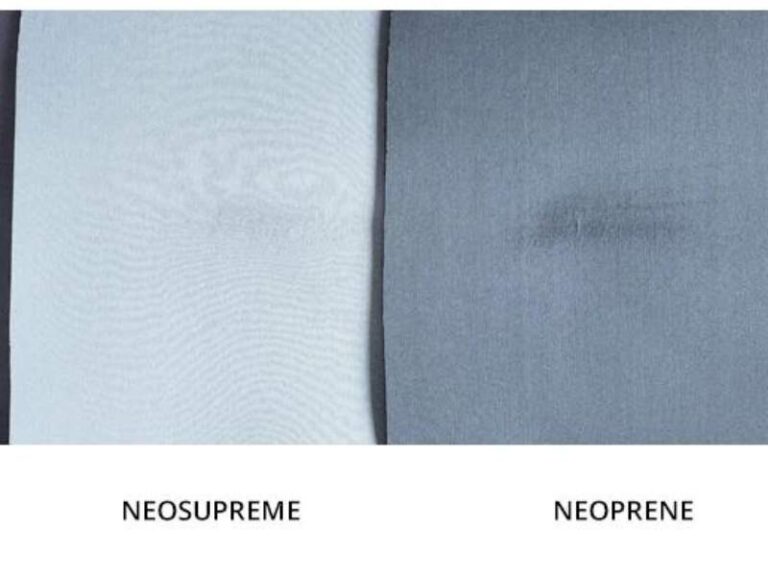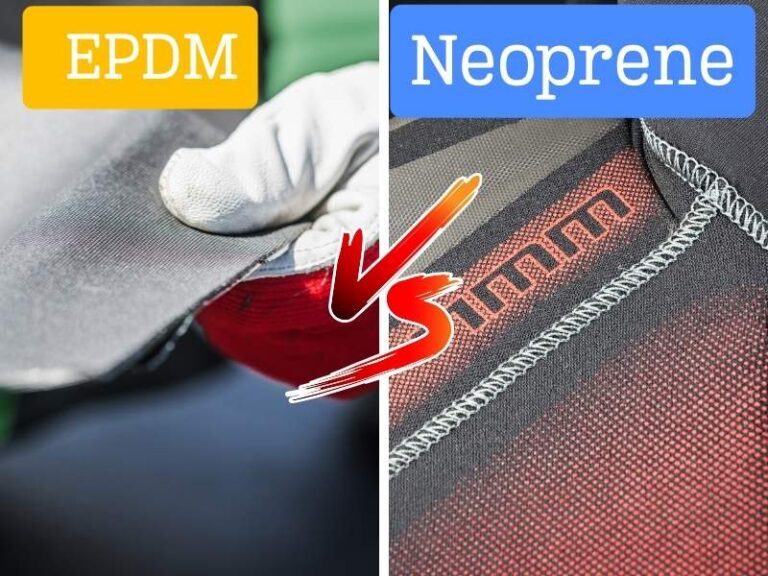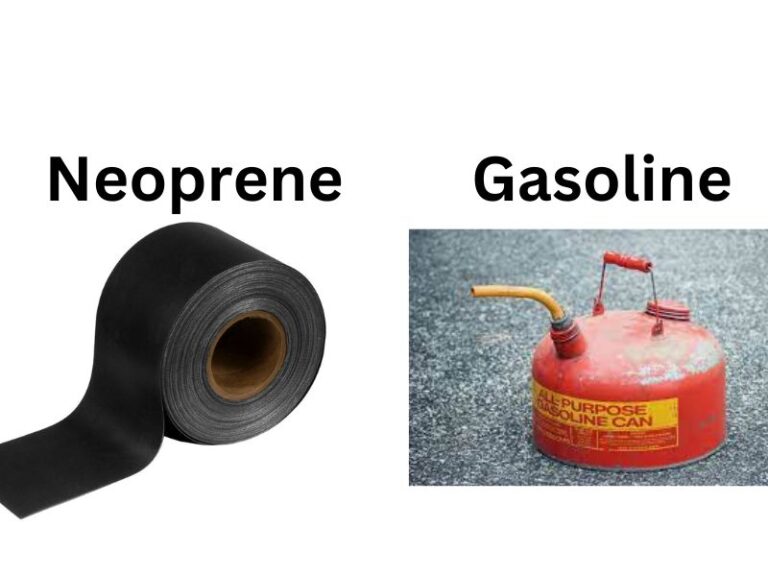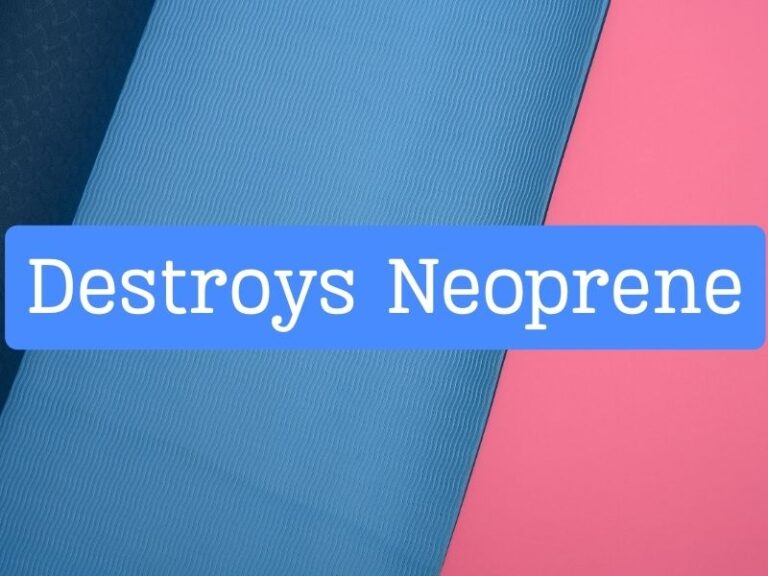What is the Problem With Neoprene Fabric? Know Dark Side
The problem with neoprene fabric is its environmental impact due to its petroleum-based production and inability to biodegrade. Neoprene, a synthetic rubber material, is widely used in various applications such as wet suits, laptop sleeves, and automotive parts.
However, it is derived from fossil fuels, which contributes to carbon emissions and dependence on finite resources. Additionally, neoprene cannot break down naturally, leading to long-term pollution and waste accumulation. This has prompted the search for more sustainable and eco-friendly alternatives to neoprene fabric.
Neoprene Fabric Concerns Unveiled
Uncovering the concerns surrounding neoprene fabric and its potential problems. Explore the issue with this synthetic material and the challenges it may present.
Neoprene, a synthetic rubber material, has gained popularity due to its versatility and widespread use in various everyday products. However, it comes with a set of concerns that one should understand before using or purchasing items made from this material.
| Understanding the neoprene material |
| Neoprene is a synthetic rubber commonly used in the production of wet suits, laptop sleeves, orthopedic braces, and more. Its unique properties, such as excellent insulation and resistance to water, oil, heat, and chemicals, make it a desirable choice for many applications. |
| Common uses in everyday products |
| Neoprene finds its way into a wide range of products, from sportswear and accessories to automotive parts and industrial equipment. It is commonly used in the production of gloves, boots, seat covers, laptop cases, and many other household items. |
| Why it’s popular despite issues |
| Despite its benefits, neoprene fabric has its downsides. It is not biodegradable and can release harmful substances when burned. Moreover, some individuals may experience skin irritation or allergies when in direct contact with neoprene. However, its popularity persists due to its excellent durability, flexibility, and resistance to wear and tear. |
In conclusion, while neoprene fabric offers many advantages, it is crucial to be aware of its potential concerns and exercise caution when using or purchasing products made from this material.
Surprising Issues With Neoprene
Neoprene fabric, widely recognized for its versatility and flexibility, poses a range of surprising issues that are often overlooked. One major concern is the environmental impact during its production. The manufacturing process of neoprene involves the use of petroleum-based materials, which contribute to the depletion of natural resources and increased greenhouse gas emissions. This not only adds to climate change but also causes pollution in nearby water sources.
Another significant problem is the durability and limited lifespan of neoprene. Over time, the fabric can degrade due to exposure to sun, water, and various chemicals. This reduced lifespan raises concerns regarding sustainability and the need for frequent replacements.
Additionally, proper disposal of neoprene fabric is a challenge. The material is not easily recyclable, and as a result, it often ends up in landfills. This not only takes up valuable space but also adds to environmental pollution as neoprene is not biodegradable.
Neoprene Alternatives: What To Consider
Plant-based rubber options: As consumers become more conscious of environmental impacts, plant-based rubber options are gaining popularity as alternatives to neoprene fabric. These alternatives are derived from natural sources such as Hevea brasiliensis trees, which produce latex, or guayule plants, which contain rubber. Plant-based rubber options offer similar properties to neoprene, including flexibility and durability, while also being more sustainable.
Recycled materials for wetsuits and gear: Another alternative to neoprene fabric is the use of recycled materials in the production of wetsuits and gear. For example, some companies are using recycled polyester and nylon fibers for their products. By repurposing materials that would otherwise end up in landfills, the manufacturing process becomes more eco-friendly.
Innovations in eco-friendly fabrics: In addition to plant-based rubber and recycled materials, there are ongoing innovations in the development of eco-friendly fabrics. For instance, some companies are exploring the use of natural fibers like hemp or bamboo as alternatives to neoprene. These fabrics offer breathability, moisture-wicking properties, and a reduced environmental impact.
Frequently Asked Questions For What Is The Problem With Neoprene Fabric?
What Are The Drawbacks Of Neoprene Fabric?
Neoprene fabric can be thick, heavy, and expensive. It is not breathable and can become hot and uncomfortable to wear for extended periods of time. Additionally, neoprene fabric is not eco-friendly as it is derived from non-renewable petroleum sources.
Is Neoprene Fabric Waterproof?
Yes, neoprene fabric is waterproof. It is commonly used to make wetsuits and other water-resistant products due to its ability to repel water and provide insulation.
Can Neoprene Fabric Cause Skin Irritation?
In some cases, neoprene fabric may cause skin irritation, especially for individuals with sensitive skin. It is important to consider this when choosing clothing or accessories made from neoprene and to wear a protective layer underneath if necessary.
Conclusion
To sum up, Neoprene fabric does have its downsides. Its production process raises environmental concerns, and its non-breathable nature can lead to discomfort during extended wear. Additionally, some people may experience skin irritations or allergies when in contact with Neoprene.
However, with proper care and awareness of its limitations, Neoprene fabric can still be a durable and functional choice for various applications.
- Can I Get in a Taxi Without a Car Seat? - January 26, 2025
- Can I Get Chlamydia From a Toilet Seat? - January 26, 2025
- Can I Get an Uber With a Car Seat? - January 26, 2025






